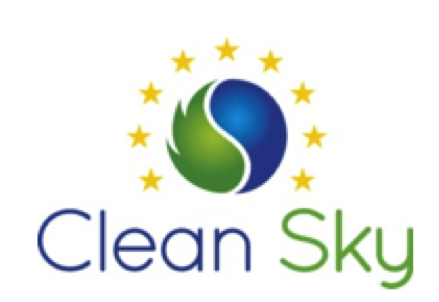On-going projects
Dynamic-ULP - HIGH DYNAMIC RANGE MULTIPROCESSOR FOR ULTRA LOW POWER MOBILE DEVICES (CATRENE)
The main goal of the DYNAMIC-ULP project is to develop advanced process modules, and validate a design platform (design kit, models, libraries) for reliable and
manufacturable digital CMOS 22nm and 20nm technologies on 300mm wafers in the European manufacturing facilities of Crolles for STMicroelectronics.
This project is related to the grand challenge 7.3.2 "Competitiveness through Semiconductor Process Differentiation" of the VMS document edited by CATRENE, and
supports the European effort towards a leading position in electronic industry by enabling design and production of 22/20 nm CMOS technologies in Europe.

EDA SoC project & outcomes
European Defence Agency and Defence Equipment Manufacturers work together around electronics and system-on-chip that are key technologies for increasing functionality and services of defense applications. Within this scope, two specific objectives involving Dolphin were defined:
- To set-up, at European level, an efficient access to an ASIC/SoC complete fabrication chain: silicon foundries, packaging, test houses
- Taking into account specific constraints from Defense Equipment Manufacturers: data confidentiality, low/medium volumes, long life cycle, ITAR-free on-demand, etc.
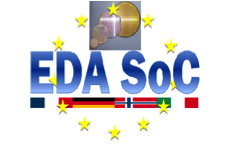
GyroWing
The GyroWing project is part of the global project “Smart Fixed Wing Aircraft” (SFWA), leading by the Clean Sky Joint Undertaking, whose objectives address environmental issue (by increasing the performances of aircraft) and passenger comfort (in reducing noise level).
GyroWing represents an ASIC which aims at integrating the overall electronic control required for achieving the most miniaturized gyrometer.
After a specification phase and the system modelling, the project will enable the realization of this ASIC, including a high resolution electronic part, and its characterization after prototyping.
GyroWing aims at providing high performances solutions, based on ultra-low noise analog front-end, with all its required peripherals (such as HF carrier, compensation paths, voltage reference, regulators, high voltage features…) for enabling the most integrated solution. This will result on a low volume, low weight and low bill of material final solution.
The research leading to these results has received funding from the European Union's Seventh Framework Programme (FP7/2007-2013) under grant agreement N°323522, in project GyroWing.
LISA: ULTRA-LOW POWER IC FOR SECURE RF APPLICATIONS
Ultra-low power circuit for secure RF applications
LISA project proposes a new RF module and antenna for contact-less smart-card market destined to banking sector, transport, identity, or the emerging market for smart devices (IoT).
This solution is compatible with existing infrastructure, without loss of performance and without external power supply ; it aims to divide by 10 the energy requirement of the card for the same performances.
Dolphin Integration role: Development of an ultra low voltage standard cells library including some specific asynchronous cells.
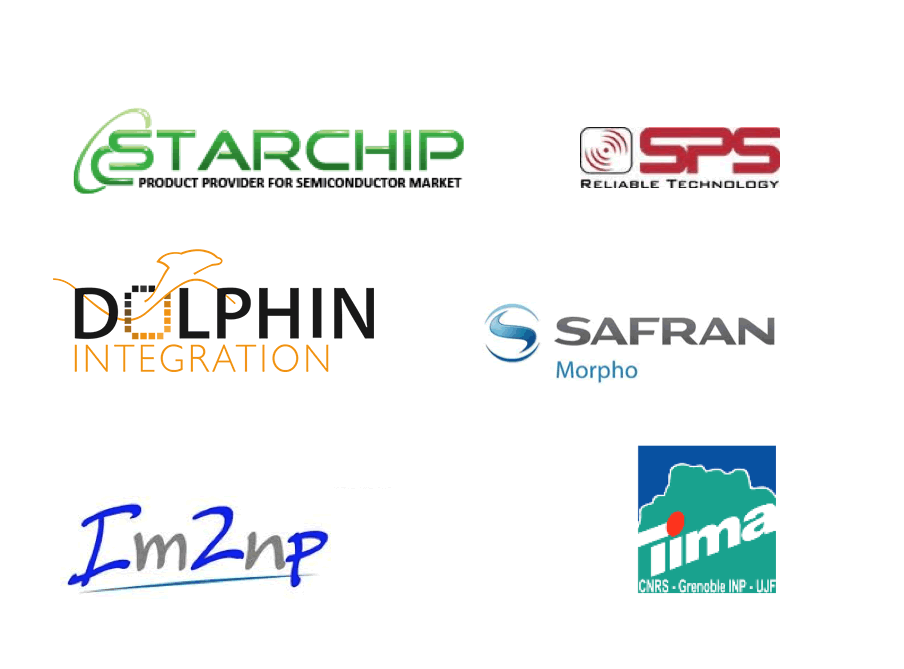
PARADIS - (DGA RAPID)
Objectives: One of the major challenges of SoC in the deep sub-micron technologies is the control of the distribution of the power supplies and associated regulator systems. The regulator fills the capacity tanks supplying the dynamic in-rush current, which produces voltage drop on the power supply drops. The proper sizing of the regulator is a key element, but the passive distribution network (resistors of metal lines, inductance of the bonding, on-chip capacities and logic gates) has a major impact on the performances of the power supply.
Innovation: the innovations are the development of
- a tool to determine the best power supply network for the target application,
- a tool to allow the implementation of the power supply network
- analog blocks for the regulation of power supply
Dual use applications: for all applications under battery
SPICA
The SPICA project targets an innovative solution regarding verification, safety and security for critical systems. The goal is to develop methods and tools for the automatic instrumentation of critical systems on chip with components dedicated to the verification of correctness and security requirements and to the detection of system failures and malicious attacks. The originality of the approach lies in the fact that variants of similar concepts will be used for the three main design activities: system-level design, development of the embedded software, and of specialized hardware blocks.
More information…
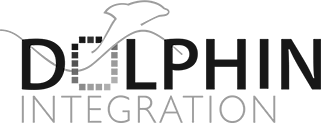
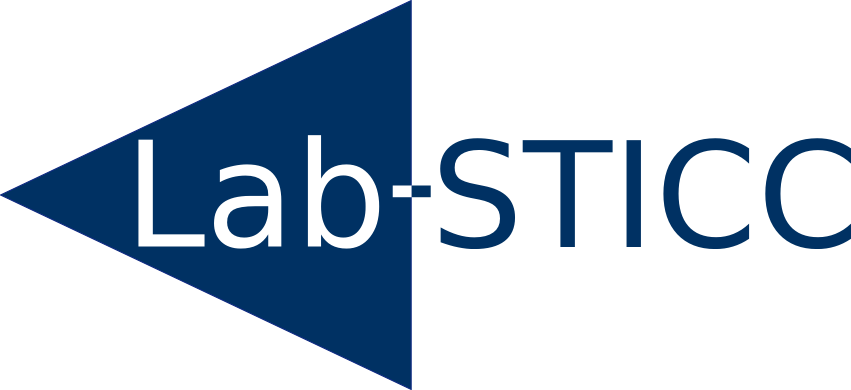
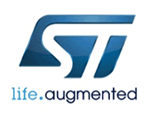


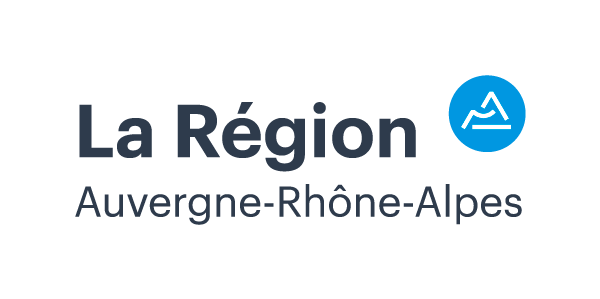
THINGS2DO - THIN but Great Silicon 2 Design Objects
The program THINGS2DO is focused on building the Design & Development Ecosystem for FD-SOI-technology. The development groundwork needs to be created, in view to enable IC-products and electronic systems to be migrated into the FD-SOI environment and to take advantage of the new possibilities, which FD-SOI offers on the product- and systems-level. A new and game-changing technology such as FD-SOI can only be successful with a rich mix of product- and service-offerings in the development space.
The design/development ecosystem is based on 3 pillars:
- EDA - design automation is the basis to perform complex design creation and porting tasks. The EDA industry in Europe is particularly powerful with implantations from the big US-based companies as well as a lively ecosystem of small and medium size European companies active in this domain.
- IP - availability of pre-designed building blocks is an absolute must for any emerging technology. The implementation environment is a vital part in conjunction with the IP needed for every complex SOC-development.
- Services are a combination of IP and EDA-tooling. There is a rich mix of SMEs in Europe focused on this topic, providing service offerings to bring the innovative potential of FD-SOI-technology into the leading systems and end-applications, of which Europe is so rich.
The work-packages of this project are focused on the creation and enhancement of the above 3 pillars with specific targets to European end-applications. The application domains identified for THINGS2DO are: Biomedical, Aeronautics and spatial, Personal Portable Devices, among others. They all need energy efficient systems to meet market needs.
Past Projects
AGYRA (DGA RAPID)
The AGYRA project aims at developing a set of functions for inertial measurement systems for motion sensors (accelerometer and gyrometer). Its main challenges are to integrate high precision analog and logic circuits into an ASIC for tactical grade systems, to minimize its power consumption and to provide the lowest cost solution for the military market, with civil extensions.
The ASIC could have applications for trajectory guidance, unmanned vehicles, seismic detection, GPS dead reckoning or consumer motion systems...
ASTER (FUI)
The project targets the development of new Low Consumption architectures for sRAM in sub-micronic technological processes with a competitive area, optimum read
margin and robustness to yield issues.
In order to develop these new architectures Dolphin also improves its internal design flow...
COMMON (European)
The goal of the COMON project is to address the full development chain of Compact Modeling (CM) of advanced CMOS and III-V technologies, from the technology level to the system level. The project mission is driven by the need to enhance scientific knowledge, transfer scientific and technological knowledge from academia to industry, to strengthen the European integrated circuit (IC) industry with powerful design automation methodologies and to achieve integration of European research in a fragmented area for the benefit of both young and experienced researchers.

DECISIF (MEDEA+)
The overall objective of this project is, by gathering the main European actors in advanced substrates and ICs, to perform the evaluation of concurrent substrate approaches and the development of appropriate thin film technologies for competitive Low Power (LP) and High Performance (HP) CMOS options. This new project will be concentrated primarily on devices and circuit demonstration including design, performance and yield demonstration.
EMSIG (NRW-Germany)

This project supports the circuit industrialization and commercialization of mixed signal circuits trough enhancing the designers' productivity and design security thanks to a hierarchical design based on the invention of detectors as extension of the “PSL-Methodology” (dynamic specification rule checks) to analog and mixed signal circuits.
HONEY (MEDEA +)
The project targets yield improvements through innovative design techniques in terms of redundancy, high yield libraries, yield oriented design-optimisation and place-and-route tools, and post-layout optimisations.
ICYHEART
New technology consortium set to change relationship between patients and doctors through innovative tele-health care solutions. EU, researchers, and industry leaders seek to deliver unobtrusive wireless battery powered ECG monitoring solution for ambulatory use with the ability to analyze the ECG waveform and detect abnormal events in real time. IcyHeart is a European project co-funded by the Research Executive Agency under Grant Agreement number 286130, comprising leading technology researchers and SME's from across 5 European countries.



The research leading to these results has received funding from the European Union’s Seventh Framework Programme managed by REA-Research Executive Agency http://ec.europa.eu/research/rea (FP7/2007-2013) under grant agreement n° «286130».
MACROS (European)

The European multi-industry collaboration project to collate best practices and develop risk-based methods for the management of physical assets.
OPTIMYST 2
The goal of the OPTIMYST project is to propose and validate a software solution enabling to define the specifications of the components of a heterogeneous module using a global optimization based on high level modeling of the components.
SFINCS (ANR)
The SFINCS project investigates and develops new technologies for SoC validation.
The overall objective is to develop methodologies and solutions that produce synthesizable, synchronous or asynchronous observation monitors and test sequence
generators from PSL assertions, to address Assertion-Based Verification in a wide range of application domains (GALS, mixed functions, critical systems, ...).
SIMOD (European)

SIMOD encompasses the development of a methodology for the uniform simulation of hybrid Microsystems covering all relevant system levels.
VDA-AK30 Workgroup (Germany)

This work group within the German Association for Research in Automobile Technology (FAT) in the Association of the Automotive Industry (VDA) was established in 2003. It guides the relationship between car manufactures and their suppliers concerning simulation of heterogeneous mixed systems and model exchange by providing Modeling Guidelines, Model Libraries and work on model exchange.








